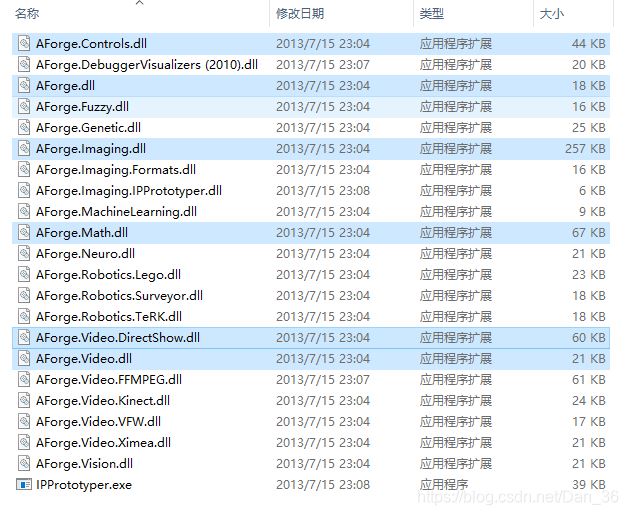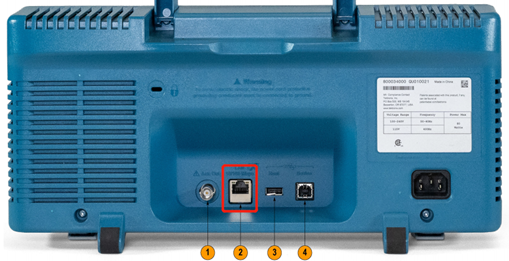How to protect ZeroMQ Request Reply pattern against potential drops of messages?(如何保护 ZeroMQ 请求回复模式免受潜在的消息丢失?)
问题描述
我正在尝试在 c# 应用程序和分布式 python 服务器之间的 TCP 层上实现 ZeroMQ 模式.我得到了一个使用请求-回复 REQ/REP 模式的版本,在 localhost.但是,在测试中,我调试了一些情况,在收到显然不可接受的回复之前,我不小心发送了多个请求.
I'm trying to implement a ZeroMQ pattern on the TCP layer between a c# application and distributed python servers. I've gotten a version working with the request-reply REQ/REP pattern and it seems relatively stable when testing on localhost. However, in testing, I've debugged a few situations, where I accidently send multiple requests before receiving a reply which apparently is not acceptable.
实际上,网络可能会丢弃大量数据包,我怀疑我会丢弃大量回复和/或无法发送请求.
1) 有没有办法重置 REQ/REP request-reply sockets 之间的连接?REOUTER/DEALER 模式更有意义?由于这是我第一个使用 ZeroMQ 的应用程序,我希望保持简单.
1) Is there a way to reset the connection between REQ/REP request-reply sockets?
Would a REOUTER/DEALER pattern instead make more sense? As this is my first application with ZeroMQ, I was hoping to keep it simple.
2) 有没有很好的 ZeroMQ 机制来处理连接事件? 我一直在阅读指南",其中提到了一些监控连接,但没有示例.我找到了 ZMonitor,但无法让事件在 c# 中触发.
2) Is there a good ZeroMQ mechanism for handling the connectivity events? I've been reading "the guide" and there are a few mentions of monitoring connections, but no examples. I found the ZMonitor, but can't get the events to trigger in c#.
推荐答案
Ad 1) No,
没有任何socket链接管理接口暴露给用户测试/重置状态ZeroMQ 框架中的 FSA 到 FSA 链接.
Ad 1) No,
there is not any socket link-management interface exposed to user to test/reset the state of the FSA-to-FSA link in ZeroMQ framework.
是的,XREQ/XREP 可以帮助您克服死锁,这可能与确实发生在 REQ/REP 可扩展的正式通信模式中:
Yes, XREQ/XREP may help you overcome the deadlocks, that may & do happen in REQ/REP Scaleable Formal Communication Pattern:
参考:REQ/REP 死锁>>> https:///stackoverflow.com/a/38163015/3666197
图 1: 为什么使用幼稚的 REQ/REP
all 是错误的[1]in_WaitToRecvSTATE_W2R + [2]in_WaitToRecvSTATE_W2R
主要是 REQ-FSA/REP-FSA Finite-State-Automata 无法挽救的相互死锁,永远不会到达下一个"in_WaitToSendSTATE_W2S 内部状态.
Fig.1: Why it is wrong to use a naive REQ/REP
all cases when [1]in_WaitToRecvSTATE_W2R + [2]in_WaitToRecvSTATE_W2R
are principally unsalvageable mutual deadlock of REQ-FSA/REP-FSA Finite-State-Automata and will never reach the "next" in_WaitToSendSTATE_W2S internal state.
XTRN_RISK_OF_FSA_DEADLOCKED ~ { NETWORK_LoS
: || NETWORK_LoM
: || SIG_KILL( App2 )
: || ...
: }
:
[App1] ![ZeroMQ] : [ZeroMQ] ![App2]
code-control! code-control : [code-control ! code-control
+===========!=======================+ : +=====================!===========+
| ! ZMQ | : | ZMQ ! |
| ! REQ-FSA | : | REP-FSA! |
| !+------+BUF> .connect()| v |.bind() +BUF>------+! |
| !|W2S |___|>tcp:>---------[*]-----(tcp:)--|___|W2R |! |
| .send()>-o--->|___| | | |___|-o---->.recv() |
| ___/ !| ^ | |___| | | |___| ^ | |! \___ |
| REQ !| | v |___| | | |___| | v |! REP |
| \___.recv()<----o-|___| | | |___|<---o-<.send()___/ |
| !| W2R|___| | | |___| W2S|! |
| !+------<BUF+ | | <BUF+------+! |
| ! | | ! |
| ! ZMQ | | ZMQ ! |
| ! REQ-FSA | | REP-FSA ! |
~~~~~~~~~~~~~ DEADLOCKED in W2R ~~~~~~~~ * ~~~~~~ DEADLOCKED in W2R ~~~~~~~~~~~~~
| ! ///////////| |///////////! |
| ! ///////////| |//////////! |
+===========!=======================+ +=====================!===========+
<小时>
图 2: 可以使用几个纯 ZeroMQ 内置函数实现一个自由步进传输层,并添加一些 SIG 层工具完全控制所有可能的分布式系统状态.
Fig.2: One may implement a free-stepping transmission layer using several pure ZeroMQ builtins and add some SIG-layer tools for getting a full control of all possible distributed system states.
App1.PULL.recv(ZMQ.NOBLOCK)和App1.PULL.poll(0)很明显
App1.PULL.recv( ZMQ.NOBLOCK ) and App1.PULL.poll( 0 ) are obvious
[App1] ![ZeroMQ]
code-control! code-control
+===========!=======================+
| ! |
| !+----------+ |
| .poll()| W2R ___|.bind() |
| ____.recv()<----o-|___|-(tcp:)--------O
| PULL !| |___| | :
| !| |___| | :
| !| |___| | :
| !+------<BUF+ | :
| ! | : ![App2]
| ! | : [ZeroMQ] ! code-control
| ! | : [code-control ! once gets started ...
| ! | : +=====================!===========+
| ! | : | ! |
| ! | : | +----------+! |
| ! | : | |___ |! |
| ! | : | |___| <--o-<.send()____ |
| ! | :<<-------<tcp:<|___| W2S|! PUSH |
| ! | : .connect() <BUF+------+! |
| ! | : | ! |
| ! | : | ! |
+===========!=======================+ : +=====================!===========+
广告 2) 否,
但可以创建自己的 ZeroMQ-consumables" 来测试分布式系统设置新传输/信令套接字的能力,准备好处理它,如果 RTO 测试未能证明双方(多个)都准备好通过 ZeroMQ 基础设施进行设置+通信(请注意,问题不仅在于 ZeroMQ层,而且应用端不需要准备好/处于这种状态来处理预期的通信交互(并且可能导致软锁/死锁).
Ad 2) No,
but one may create one's own "ZeroMQ-consumables" to test the distributed system's ability to setup a new transport/signalling socket, being ready to dispose it, if the RTO-test fails to prove that both ( multiple ) sides are ready to setup + communicate over the ZeroMQ infrastructure ( notice, that the problems are not only with the ZeroMQ layer, but also the App-side need not be ready/in such a state to handle the expected communication interactions ( and may cause soft-locks / dead-locks ).
对于您的进一步问题,我现在可以做的是指导您查看关于此主题的更大图景>>> 带有更多参数、一个简单的信号平面/消息平面插图和一个必读书籍的直接链接 来自 Pieter HINTJENS.
What I can do for your further questions right now is to direct you to see a bigger picture on this subject >>> with more arguments, a simple signalling-plane / messaging-plane illustration and a direct link to a must-read book from Pieter HINTJENS.
这篇关于如何保护 ZeroMQ 请求回复模式免受潜在的消息丢失?的文章就介绍到这了,希望我们推荐的答案对大家有所帮助,也希望大家多多支持编程学习网!
本文标题为:如何保护 ZeroMQ 请求回复模式免受潜在的消息丢失?


- 如何用自己压缩一个 IEnumerable 2022-01-01
- 良好实践:如何重用 .csproj 和 .sln 文件来为 CI 创建 2022-01-01
- C#MongoDB使用Builders查找派生对象 2022-09-04
- 带有服务/守护程序应用程序的 Microsoft Graph CSharp SDK 和 OneDrive for Business - 配额方面返回 null 2022-01-01
- 在哪里可以找到使用中的C#/XML文档注释的好例子? 2022-01-01
- WebMatrix WebSecurity PasswordSalt 2022-01-01
- C# 中多线程网络服务器的模式 2022-01-01
- Web Api 中的 Swagger .netcore 3.1,使用 swagger UI 设置日期时间格式 2022-01-01
- MoreLinq maxBy vs LINQ max + where 2022-01-01
- 输入按键事件处理程序 2022-01-01









